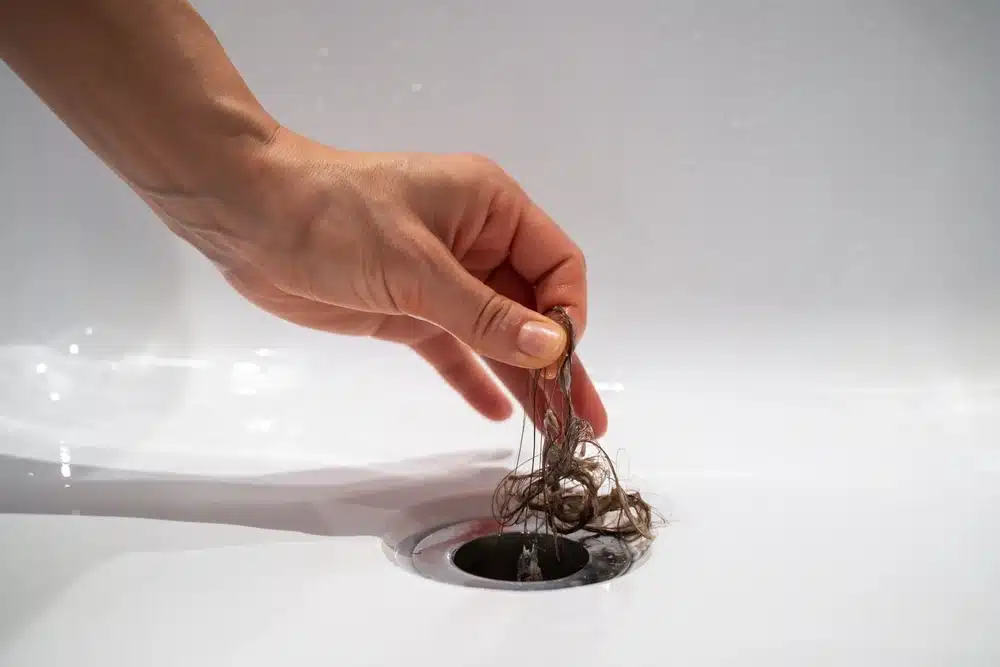Hair loss is a common concern that affects not only men but also a significant number of women. While often overshadowed by discussions focused on male pattern baldness, hair loss in women can be equally distressing and have a significant impact on self-esteem and overall well-being.
In this article, we’ll be discussing the topic of hair transplantation for women, exploring its viability as a treatment option and addressing the concerns and questions that often arise. We will delve into the causes of hair loss in women, debunk the misconception that hair transplants are solely for men, and provide insight into the candidacy criteria for women considering this procedure. By understanding the available techniques, recovery process, potential risks, and alternative solutions, you can make informed decisions about addressing your hair loss concerns.
Whether hair loss is the result of hormonal imbalances, genetics, or medical conditions, women deserve to have comprehensive information about the options available to them. By delving into the world of hair transplants for women, we hope to empower individuals who are seeking effective solutions to reclaim their confidence and restore their sense of self. Let us explore the possibilities and potential benefits that hair transplants can offer to women experiencing hair loss.
Understanding hair loss in Women
Hair loss is a complex and multifactorial issue that affects women of all ages and backgrounds. While it is commonly associated with ageing, hair loss in women can occur at any stage of life.
Hormonal imbalances, such as fluctuations in estrogen and progesterone levels, can play a significant role in hair loss among women. Conditions like polycystic ovary syndrome (PCOS) or thyroid disorders can disrupt the hormonal balance and lead to thinning hair or patterned baldness. Additionally, women may experience postpartum hair loss after giving birth due to hormonal shifts.
Genetics also influence hair loss in women. Female pattern hair loss, known as androgenetic alopecia, is characterized by a gradual thinning of hair across the scalp. It often follows a specific pattern, with the hairline remaining intact while the hair at the crown or top of the head becomes progressively thinner. Family history of hair loss can be a strong indicator of genetic predisposition.
Medical conditions and underlying health issues can contribute to hair loss in women as well. Autoimmune disorders, such as alopecia areata, can cause patches of hair loss, and certain scalp infections or dermatological conditions can also lead to temporary or permanent hair loss. Additionally, emotional stress, nutritional deficiencies, and extreme weight loss or crash diets can disrupt the hair growth cycle, resulting in shedding and thinning.
Understanding the various causes of hair loss in women is an essential first step in addressing the issue effectively. It allows individuals to explore appropriate treatment options and seek professional guidance to determine the most suitable course of action for their specific condition. By identifying the underlying factors contributing to hair loss, women can take proactive steps towards finding the right solutions and restoring their hair health.
Hair Transplant: A Viable Option for Women
Hair transplant, often associated with men, is increasingly being recognized as a viable option for women dealing with hair loss. While women’s hair loss patterns and causes may differ from men, advancements in hair transplant techniques have made it possible to address female hair loss concerns effectively. Hair transplant can be a suitable solution for women experiencing certain types of hair loss, providing natural-looking results and a restored sense of confidence.
One common misconception is that women are not suitable candidates for hair transplant procedures. However, this is far from the truth. Women can benefit from hair transplant surgery if they have stable and well-defined donor areas, typically located at the back and sides of the scalp. These areas serve as a source of healthy hair follicles that can be transplanted to the areas of thinning or balding.
Female pattern hair loss, which typically involves diffuse thinning across the scalp rather than complete baldness, can be effectively addressed with hair transplant procedures. Additionally, women who have experienced hair loss due to trauma, scarring, or certain medical conditions may also find hair transplant to be a viable option for restoring hair density and improving their overall appearance.
It is important to note that not all women experiencing hair loss will be suitable candidates for hair transplant surgery. Each case is unique, and comprehensive consultation with a qualified hair transplant specialist is crucial to assess candidacy and determine the most appropriate course of action. By consulting with a professional, women can gain personalized insights into the potential benefits and limitations of hair transplant as a viable option for their specific hair loss concerns.
Determining candidacy for a hair transplant involves assessing the extent and stability of hair loss, the availability of healthy donor hair, and overall health. Thinning or balding areas, donor hair quality, and the progression of hair loss are considered. A thorough consultation with a qualified specialist helps evaluate the suitability and explore alternative treatments if necessary. Assessing candidacy ensures realistic expectations and optimal results.
Hair Transplant Considerations
Recovery after a hair transplant is a crucial phase that requires careful attention and adherence to post-operative instructions. Following the procedure, there may be some temporary discomfort, swelling, and redness in the treated areas. It is essential to follow your surgeon’s guidelines for cleaning and caring for the recipient area to promote proper healing. Typically, within a week or two, the transplanted hair follicles will shed, and new hair growth will begin within a few months. It is important to note that the full results of a hair transplant can take up to a year or more to fully manifest. During this time, it is important to be patient and maintain regular follow-up appointments with the surgeon to monitor progress and address any concerns that may arise.
When it comes to the hair transplant results, it is crucial to have realistic expectations. While the procedure can provide significant improvement in hair density and appearance, it may not achieve the same level of thickness as one’s natural, pre-hair loss state. The outcome will also depend on factors such as the quality and quantity of donor hair, the skill of the surgeon, and the individual’s unique hair characteristics. Understanding these factors and engaging in open communication with the surgeon can help manage expectations and ensure satisfaction with the final results.
As with any surgical procedure, there are certain risks and considerations associated with hair transplants. While the risks are generally minimal, they can include infection, bleeding, scarring, and the potential for an unnatural-looking hairline if not performed by a skilled surgeon. It is crucial to choose a qualified and experienced hair transplant specialist who can minimize these risks and deliver optimal outcomes. Additionally, it is important to discuss any pre-existing medical conditions, medications, or allergies with the surgeon to ensure the safety and suitability of the procedure for each individual.
Understanding the recovery process, having realistic expectations, and being aware of the potential risks and considerations associated with a hair transplant are essential for making an informed decision. By working closely with a trusted hair transplant specialist and following proper post-operative care, individuals can increase the likelihood of successful outcomes and enjoy the benefits of a restored, natural-looking head of hair.
If you would like more information on hair loss procedures please contact us today for a no-obligation consultation.


